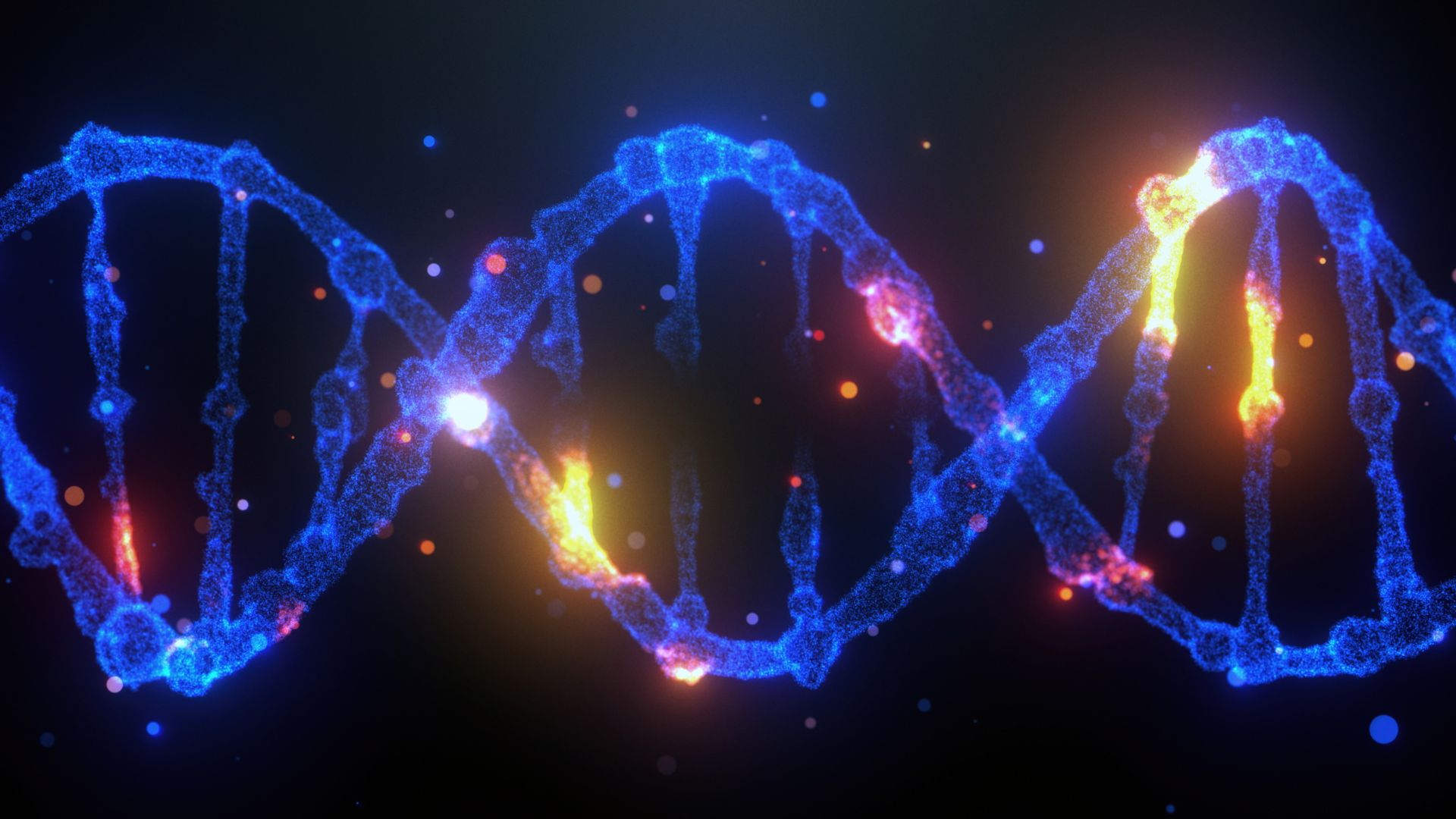PTSD tied to 95 'risk hotspots' in the genome
In a group effort, scientists from all over the world came together to create a detailed map of the genetic causes behind PTSD.

The world's largest-ever genetic study of post-traumatic stress disorder (PTSD) has uncovered 95 hotspots in the genome that are tied to the condition, including 80 that were previously unknown.
This treasure trove of genetic data could eventually lead to new therapies for PTSD, scientists say.
PTSD is a mental health condition that can develop after exposure to a traumatic or stressful event. For many, PTSD can become a chronic condition; the chronic form affects about 10% of the general population and 20% to 30% of high risk populations, such as combat survivors and assault victims.
Earlier genetic studies focused on identical twins and showed that a person's genetics has a big influence on their susceptibility to PTSD, similar to addiction or depression. These studies, however, only revealed a pixel of the complex picture that is the genetic architecture of PTSD, which could involve hundreds of genes.
Related: Traumatic memories are processed differently in PTSD
In the new study, published April 18 in the journal Nature Genetics, a consortium of scientists from around the world combined multiple collections of genetic data from more than 1 million people — approximately 13% with PTSD and 87% without.
The researchers used this huge data collection to conduct a genome-wide association study (GWAS). These involve sequencing the genomes of many individuals who either do or don't have a condition. Researchers then look for genetic features, or "markers," which are short snippets of DNA with a known location in the genome that vary between individuals. Markers that are more prevalent in individuals with the disorder could therefore play a role in how it develops.
Get the world’s most fascinating discoveries delivered straight to your inbox.
Because genetic variation is so common between individuals, these studies require many people and genome samples — that way, the common markers shared by a particular group will show up in the statistics.
"Initially, our first paper in 2018 was about 20,000 people," said study author Dr. Kerry Ressler, the chief scientific officer and chair in psychiatry at McLean Hospital in Massachachusetts. "But relatively quickly, the Marine Corps Million Veterans Program came in, the U.K. Biobank came in, and we're working with 23andMe … and then you go from 20,000 to a million people to really get large scale data," he told Live Science.
Besides its size, the study is unique in that it included 58,000 people of non-European ancestries, whereas many previous GWAS's feature exclusively white people. "This is still a small percentage of [the] total sample … but nevertheless a very important step especially given the disproportionately high burden of trauma and PTSD in ethnoracial minoritized people," Bearden said.
The study found a total of 95 risk markers, 15 of which confirmed previous results. Many were tied to both PTSD and depression, but some were unique to PTSD.
It also identified 43 genes near these markers that could potentially be treatment targets. Previous research has shown that brain circuits involved in responding to threats play a large role in PTSD; these are seated in the amygdala and hippocampus. This study identified the genes CRHR1 and FOXP2, which have been implicated in stress and fear, as potential drivers of PTSD.
The research also uncovered multiple proteins that could be used as measurable signs of a person's PTSD susceptibility. This was also the first time the X chromosome was included in a PTSD study, and the work identified the estrogen receptor gene near a risk marker. Women have a higher prevalence of PTSD than men, so further studying the role of estrogen may help explain sex differences in the disorder.
"This is a very exciting paper, really a landmark study for advancing the understanding of the genetic architecture and biological mechanisms underlying PTSD," said Carrie Bearden, a professor of neuroscience and human behavior at UCLA who was not involved in the study. "It's really the first study to have the power to parse both shared and disorder-specific risk loci and link them to underlying biological systems," she told Live Science in an email.
In the future, the consortium hopes to include more ethnically diverse individuals, particularly those in Africa.
"With all the war-torn countries in Africa, there's unfortunately [an] enormous trauma burden there," Ressler said. "Our next iteration of this is to expand to African cohorts." They also hope to integrate their genetic data with data about gene activity in patients' brain tissue, so they can learn where these newly identified genes are highly active and how they might be targeted with treatments.
Ever wonder why some people build muscle more easily than others or why freckles come out in the sun? Send us your questions about how the human body works to community@livescience.com with the subject line "Health Desk Q," and you may see your question answered on the website!

Jennifer Zieba earned her PhD in human genetics at the University of California, Los Angeles. She is currently a project scientist in the orthopedic surgery department at UCLA where she works on identifying mutations and possible treatments for rare genetic musculoskeletal disorders. Jen enjoys teaching and communicating complex scientific concepts to a wide audience and is a freelance writer for multiple online publications.


